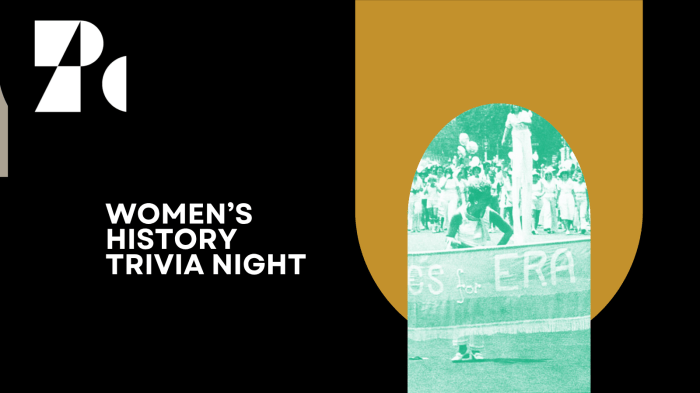In the not-too-distant future, SEPTA riders may be able to read the Metro on the Metro.
The region’s public transit authority unveiled a proposal last week to group its high-frequency rail services — the Market-Frankford, Broad Street and Norristown High Speed lines as well as all trolley routes — under the “SEPTA Metro” banner.
New signage and maps, encompassed collectively as “wayfinding,” would accompany the change, which is being recommended by SEPTA leadership.
If the plan is adopted, letters, colors and numbers will be used to signify each line, a system officials believe will make navigation easier, particularly for newcomers, tourists and non-English speakers.
Part of the goal is persuading riders to think of the lines as a cohesive network, rather than separate and distinct services, according to the proposal.
Metro “means frequent, convenient rail transit service that can be used for all sorts of trips, all day, at an affordable price,” SEPTA says on its website for the renaming project, adding that the term is easily understood by those who speak other languages
Many other cities, including Washington, D.C., Paris, Chicago, Los Angeles and Houston, incorporate the word “Metro” into their public transportation systems.
Since most people refer to the Market-Frankford Line as “the El,” the wayfinding plan calls for the service to be designated as L, utilizing the color blue, which is already used along the line.
Likewise, orange would remain for the Broad Street Line, and B2 and B3, respectively, would be adopted to refer to express trains and the Broad-Ridge Spur.
Perhaps the biggest alteration would be to the trolley system. The proposal breaks up the routes into three groups based on location.
Routes 10, 11, 13, 34, and 36, which between Center City and West and Southwest Philadelphia, would be renamed T1, T2, T3, T4 and T5 and be represented by the color green.

The Media-Sharon Hill Lines, or routes 101 and 102, would be called the D Lines, a nod to Delaware County, and be displayed with pink signs.
Gold and the letter G would be used for the Route 15 trolley that runs along Girard Avenue.
In the Metro system, purple and M, for Montgomery County, would be used for the Norristown High Speed Line.
If the recommendations are finalized, some bus routes, such as the L and G, would likely be changed to numbers to avoid confusion. SEPTA is currently analyzing and redesigning its entire bus network as part of a separate long-term project.
The authority said the Metro plan was developed following 18 months of public input in response to “years of feedback from customers and advocates.”
When SEPTA asked 1,500 riders last year about the most challenging parts of using the system, nearly 8% said they struggled to navigate, the most cited concern, according to results from the survey.
More than 40% of those who participated reported getting lost inside the City Hall/15th Street complex, the authority said.
Even long-term riders have trouble finding their way when they have to use a new line or go to a different station, SEPTA found.
“SEPTA has had a long-standing and deserved reputation for being difficult to navigate for first-time riders, and this new plan will go a long way to solving that problem,” said Michael Noda, of 5th Square, a political action committee that advocates for public transportation improvements, among other issues.
The PAC was one of a number of organizations that participated in interviews and workshops to help craft the Metro plan.
Members of the public can provide feedback on the proposal by going to www.planning.septa.org, emailing planning@septa.org or calling 888-281-1999.
Riders can also visit wayfinding information hubs at 15th Street/City Hall, Allegheny, 69th Street, Walnut-Locust, Olney, Gulph Mills and 40th Street stations.
SEPTA is expected to release a final plan next year.




























